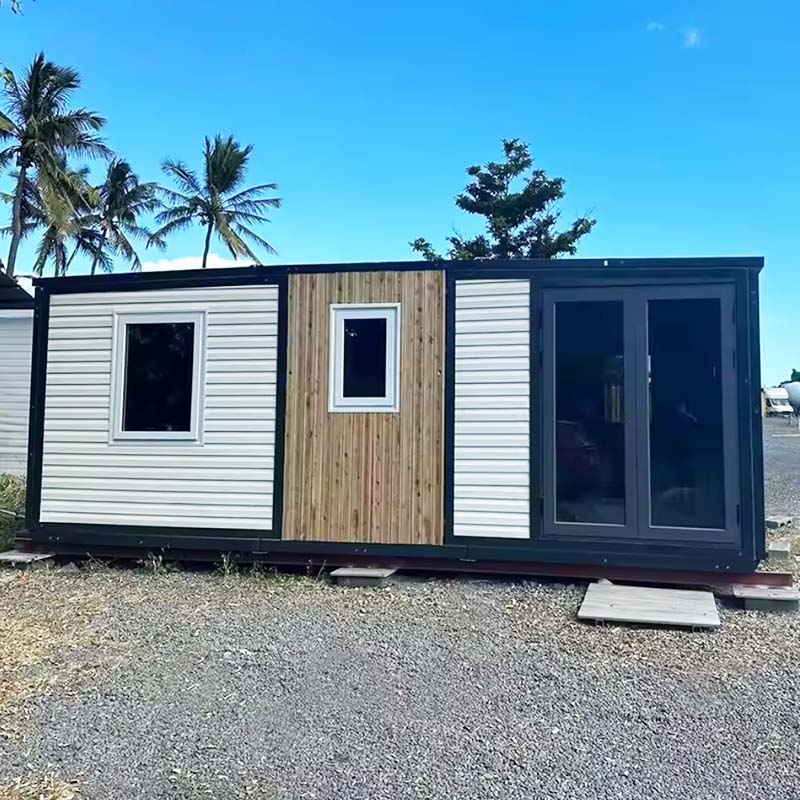Why Are Container Houses Gaining Popularity Worldwide?
2025-07-17
In recent years, container houses have emerged as a modern, sustainable, and cost-effective housing solution. Originally used for transporting goods across oceans, steel shipping containers are now being repurposed into stylish homes, offices, and even commercial spaces. But what exactly makes container houses so appealing?
What Is a Container House?
A container house is a structure built using one or more steel shipping containers. These containers are designed to withstand harsh conditions during transport, making them strong, durable, and weather-resistant. With a little architectural creativity, they can be transformed into fully functional living spaces equipped with bedrooms, kitchens, bathrooms, and more.

What Are the Advantages?
1. Affordability
One of the biggest benefits of container houses is their low cost compared to traditional buildings. Used containers are widely available at relatively low prices, and the construction process is faster and less labor-intensive.
2. Eco-Friendly
Reusing old containers reduces the need for new building materials and minimizes waste. Many container home builders also incorporate green technologies like solar panels, rainwater harvesting systems, and efficient insulation, making them an eco-conscious choice.
3. Portability and Flexibility
Container houses can be relocated with relative ease. This makes them ideal for remote locations, temporary housing, or areas prone to natural disasters. Their modular nature also allows for expansion—additional containers can be added to increase space.
4. Durability and Strength
Constructed from high-grade steel, shipping containers are built to endure tough conditions. When maintained properly, container houses can last for decades, offering resistance to wind, fire, and pests.
What Are the Challenges?
While container houses offer many advantages, there are some drawbacks to consider:
Insulation and Ventilation: Steel is a poor insulator, so without proper treatment, container homes can become too hot or too cold.
Building Codes and Permits: Not all regions are familiar with or permit container home construction, so navigating local regulations can be challenging.
Modification Costs: Cutting and reinforcing steel to add doors, windows, and plumbing can increase the overall cost.
Who Uses Container Houses?
Container houses are popular among minimalist lifestyle enthusiasts, remote workers, eco-friendly homeowners, and even businesses looking for mobile or pop-up retail spaces. They’re also widely used in disaster relief efforts, student housing, and as temporary shelters.
Final Thoughts
Container houses represent a shift toward more flexible, sustainable, and innovative housing solutions. While they may not be for everyone, they offer a compelling alternative to conventional construction—especially for those looking to minimize their environmental footprint and housing expenses.


